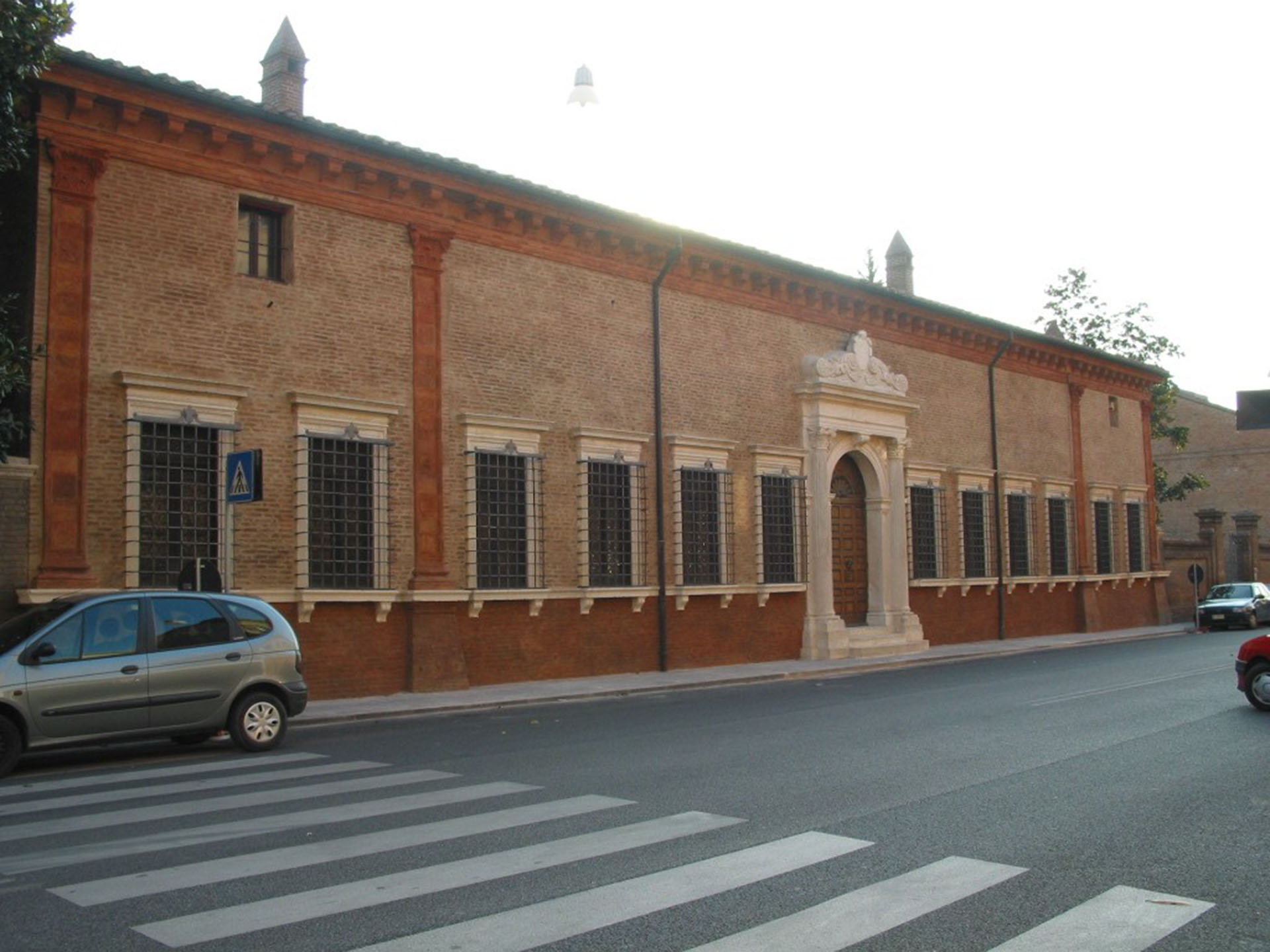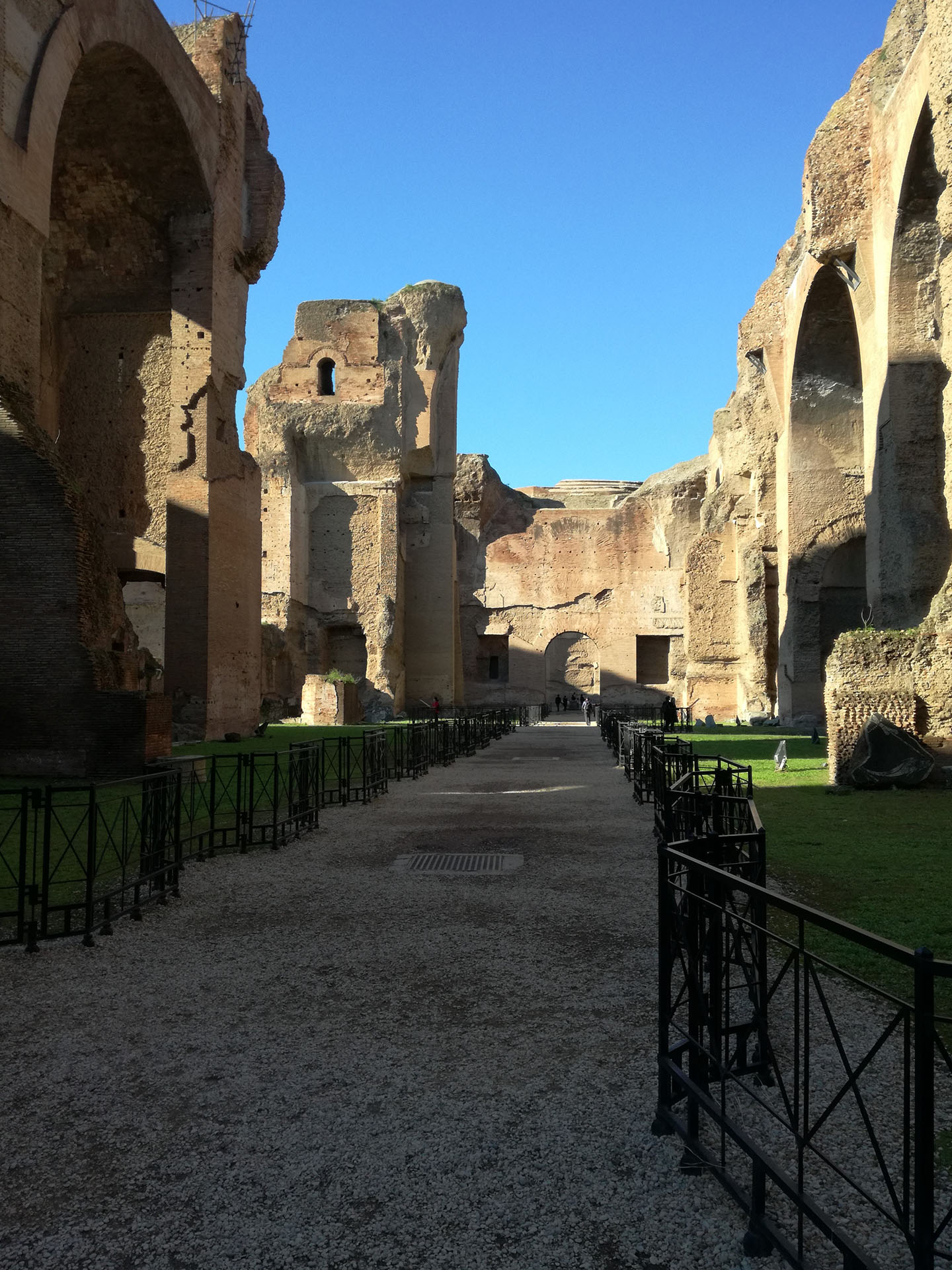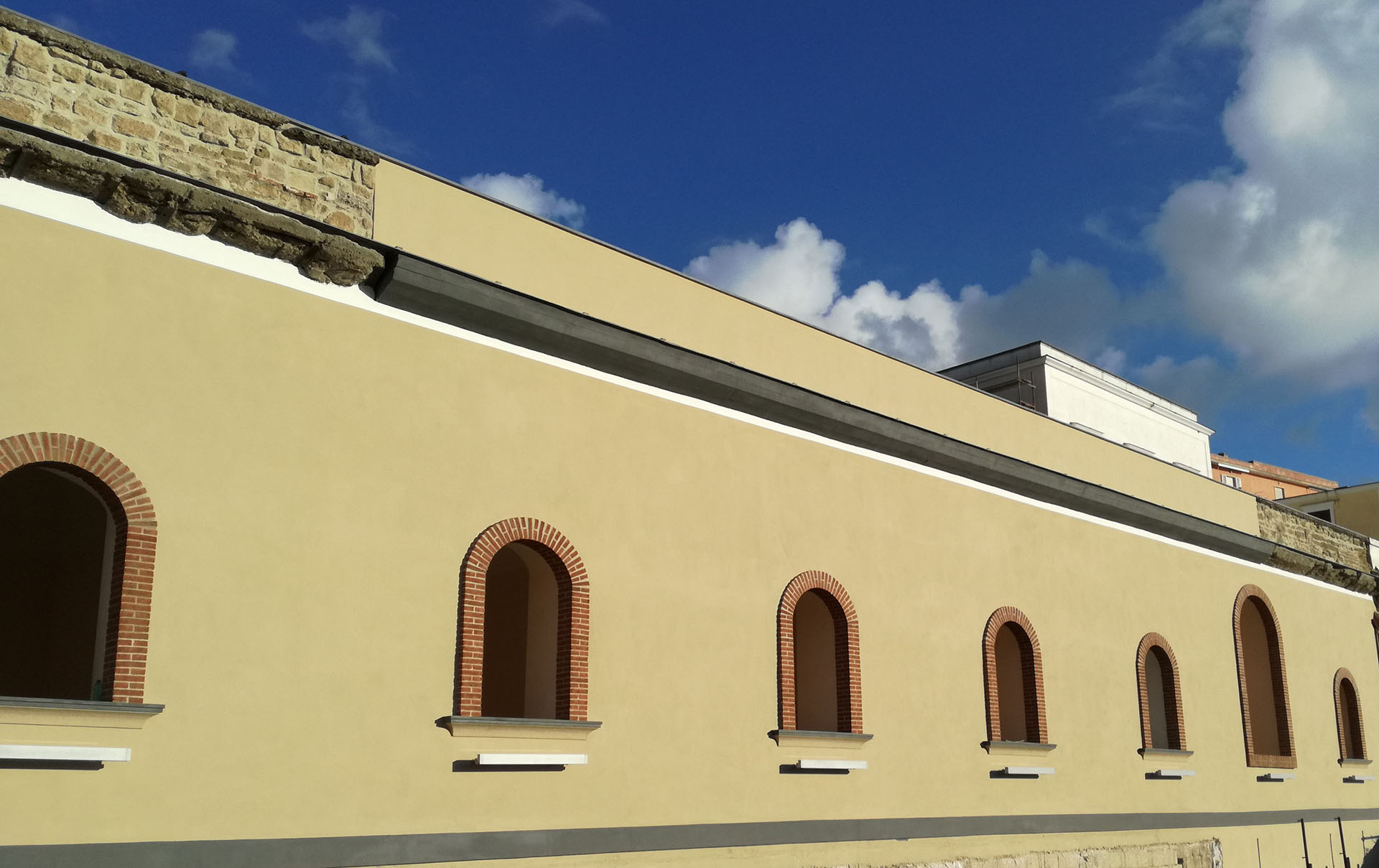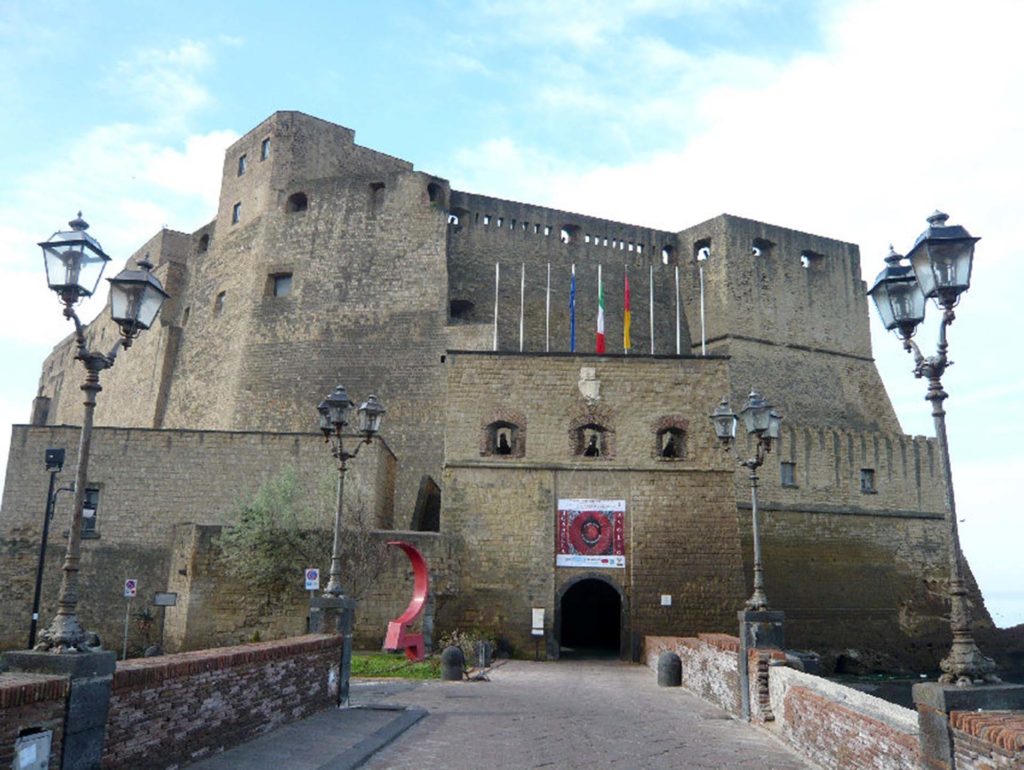- Ministry of Infrastructure and Transport
- Regional Superintendence of Public Works for Campania Region, Naples
Castel dell'Ovo - Naples
The castle links its name to the myth that arose in medieval times of a magic egg capable of preserving the city and its inhabitants from misfortune and danger: Virgil is said to have hidden it in a secret place in the castle, protected in a jug inserted in a cage. In 1139 Naples lost its autonomy when Roger the Norman took possession of the city. It was he who enlarged the fortress of Megaride with a fortification plan, giving rise to the fortress that would later go down in history as Castel dell'Ovo.
The first tower, called Normandy, was followed by further fortification and the construction of three more towers by Frederick II of Swabia, who carried out the project together with the architect Nicolò Pisano. Robert of Anjou was responsible for the modifications to the towers, which changed from the square layout of Norman origin to the typically Angevin circular layout. At that time the manor returned to its function as a state prison, in which the philosopher Tommaso Campanella was also imprisoned before he was sentenced to death.
In the 19th century it was permanently transformed into a prison, welcoming numerous Jacobins, Carbonarians and liberals, including Francesco De Sanctis. In the castle's long and complex history there was no lack of a terrible natural event: in 1370 a violent tidal wave upset its structure, causing the towers to collapse and causing serious damage to the supporting structures. In 1555, within a year of Philip II's accession to the Spanish throne, the fortress was illuminated throughout. The glow of the endless torches, visible from a great distance, seemed to set the castle on fire, enhancing its majesty and beauty.
In the 18th and 19th centuries the castle was no longer the seat of royal power, and its buildings were used for strictly military functions. Under Spanish rule, Charles of Bourbon attempted to make it a crystal and mirror factory. In the years that followed, the castle was still in such good condition that it welcomed Joachim Murat with full honors, and in 1871, during the competition for the city's new urban plan, the Association of Scientists, Literati and Artists drew up a dastardly plan that called for its destruction to make way for a new neighborhood. Today it is home to important museum exhibitions and is one of the city's most iconic tourist sites.
The intervention involved the execution of emergency works aimed at restoring and restoring the severely damaged tuffaceous face.






